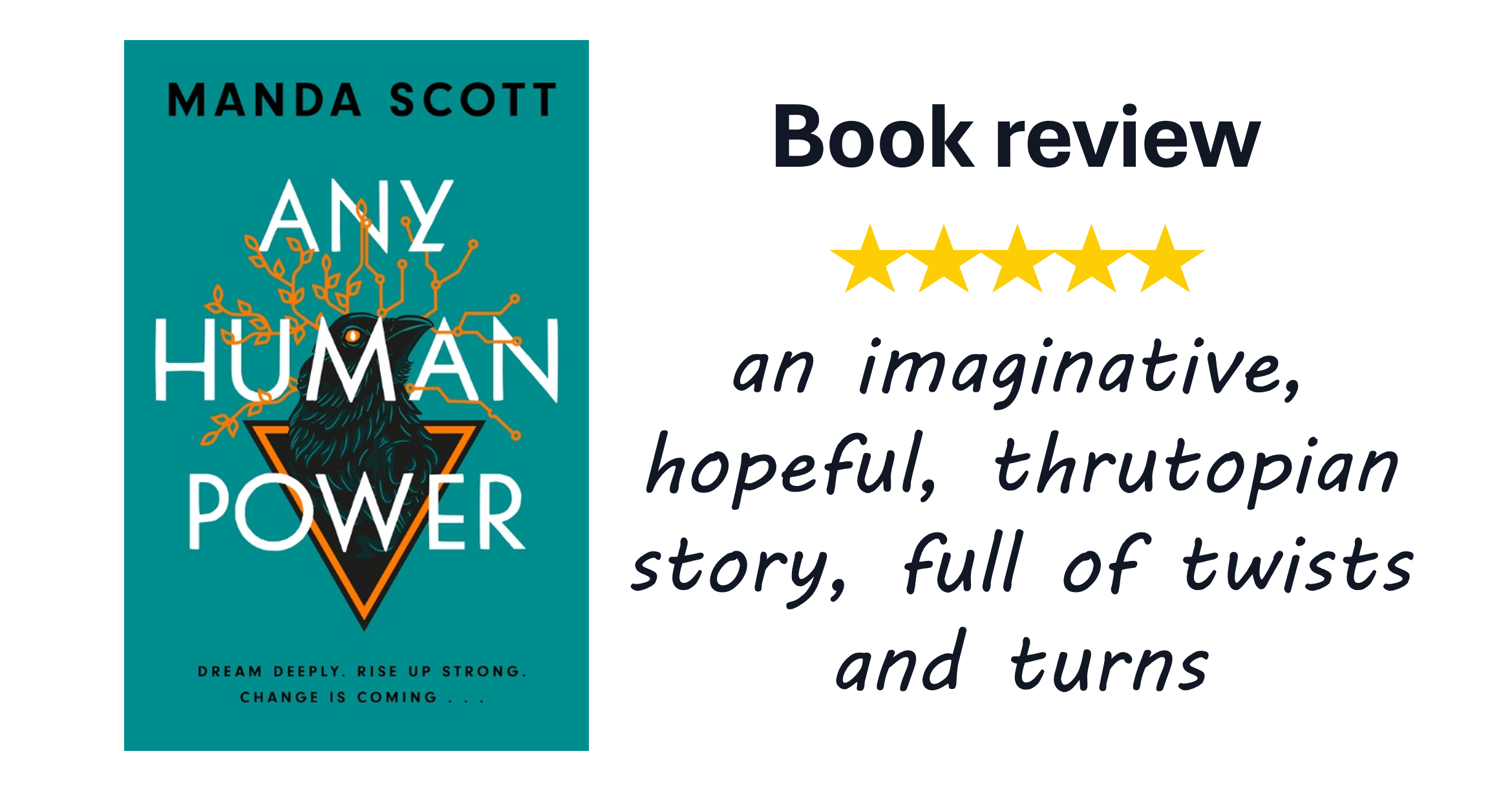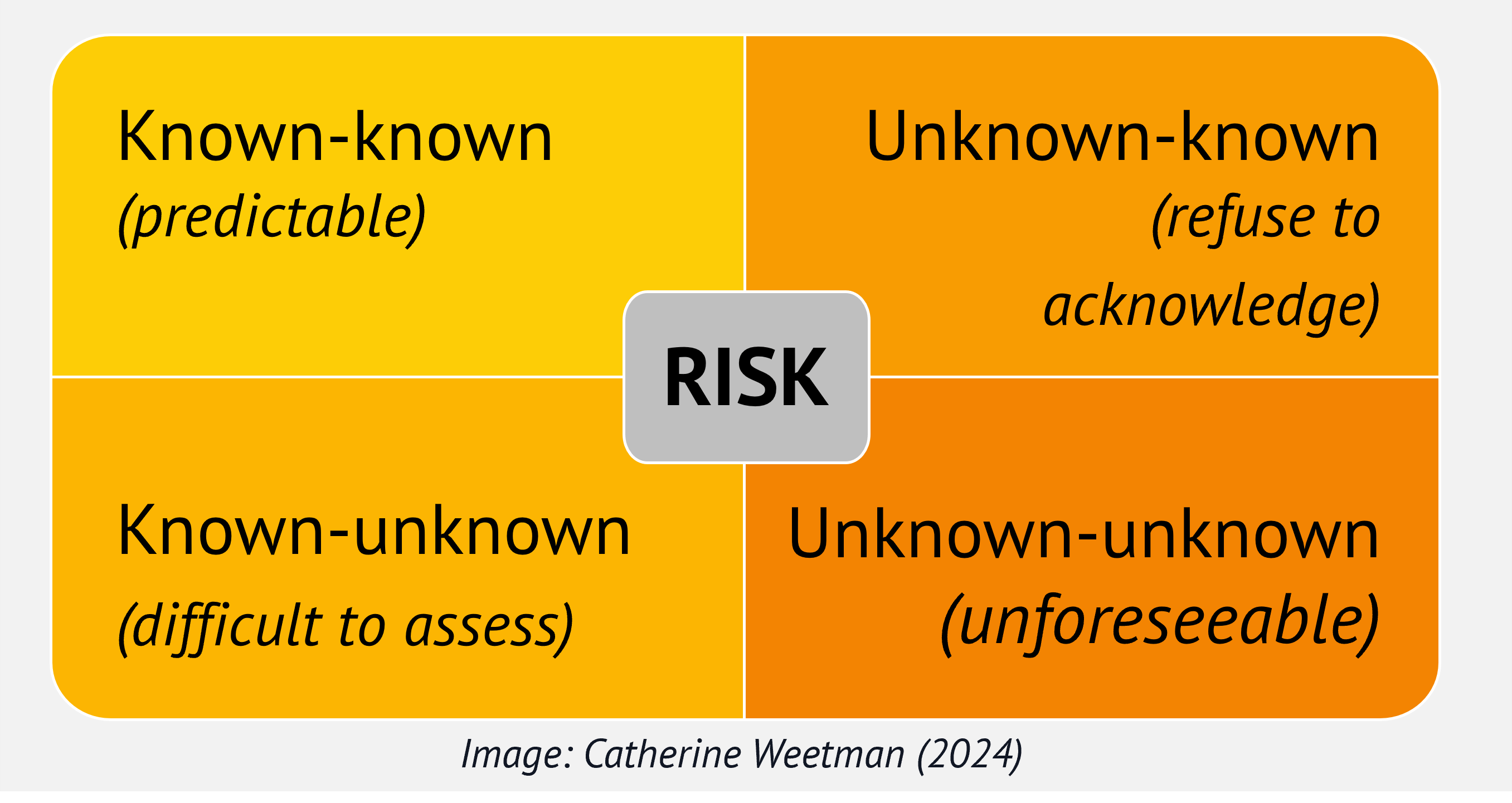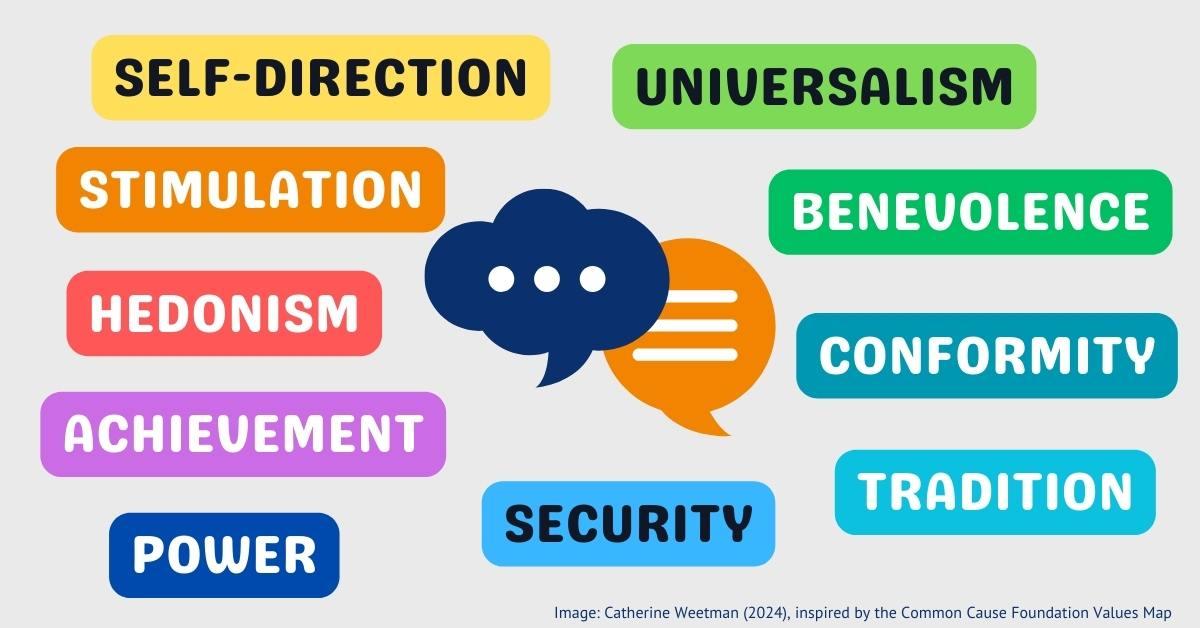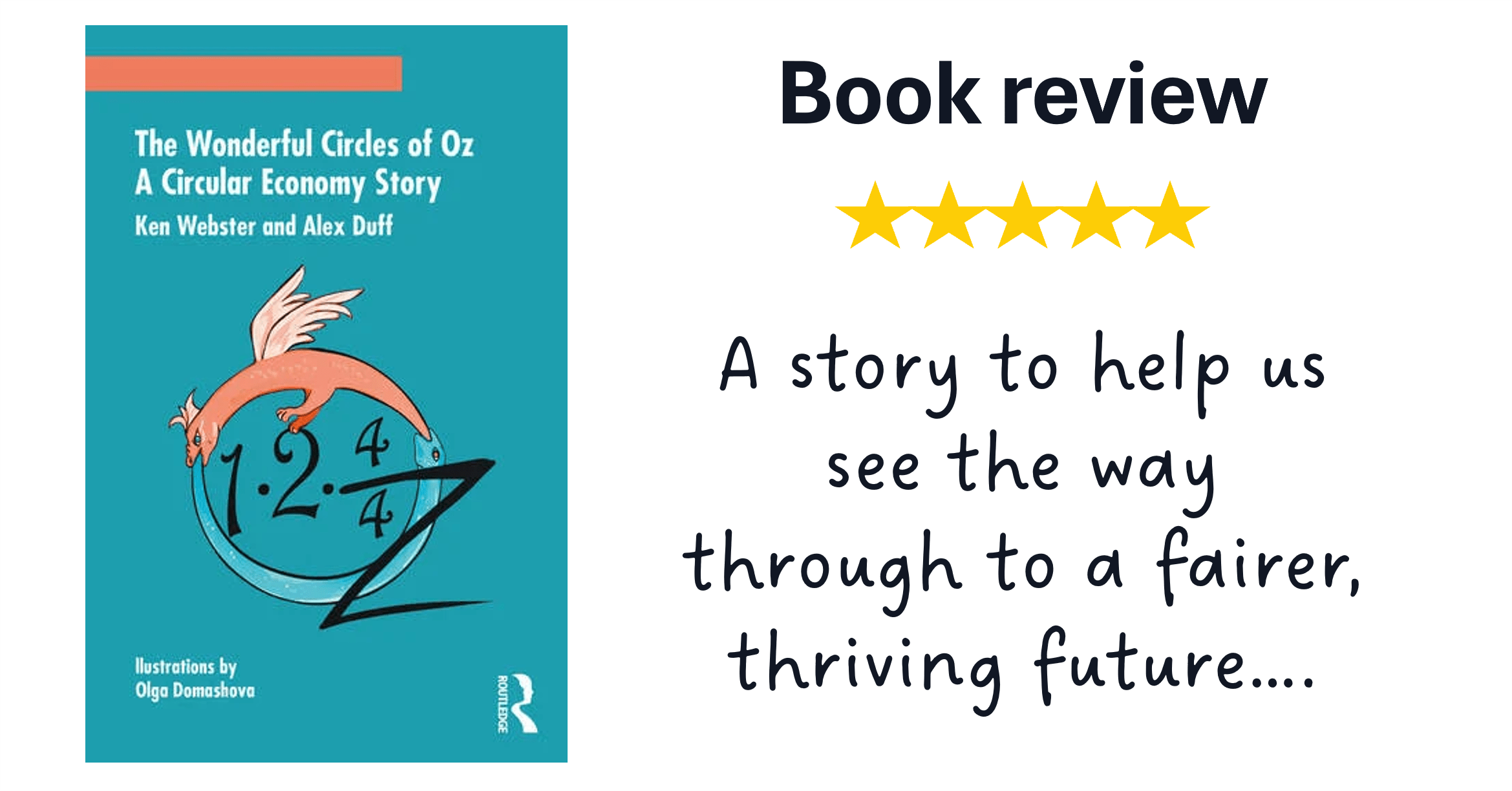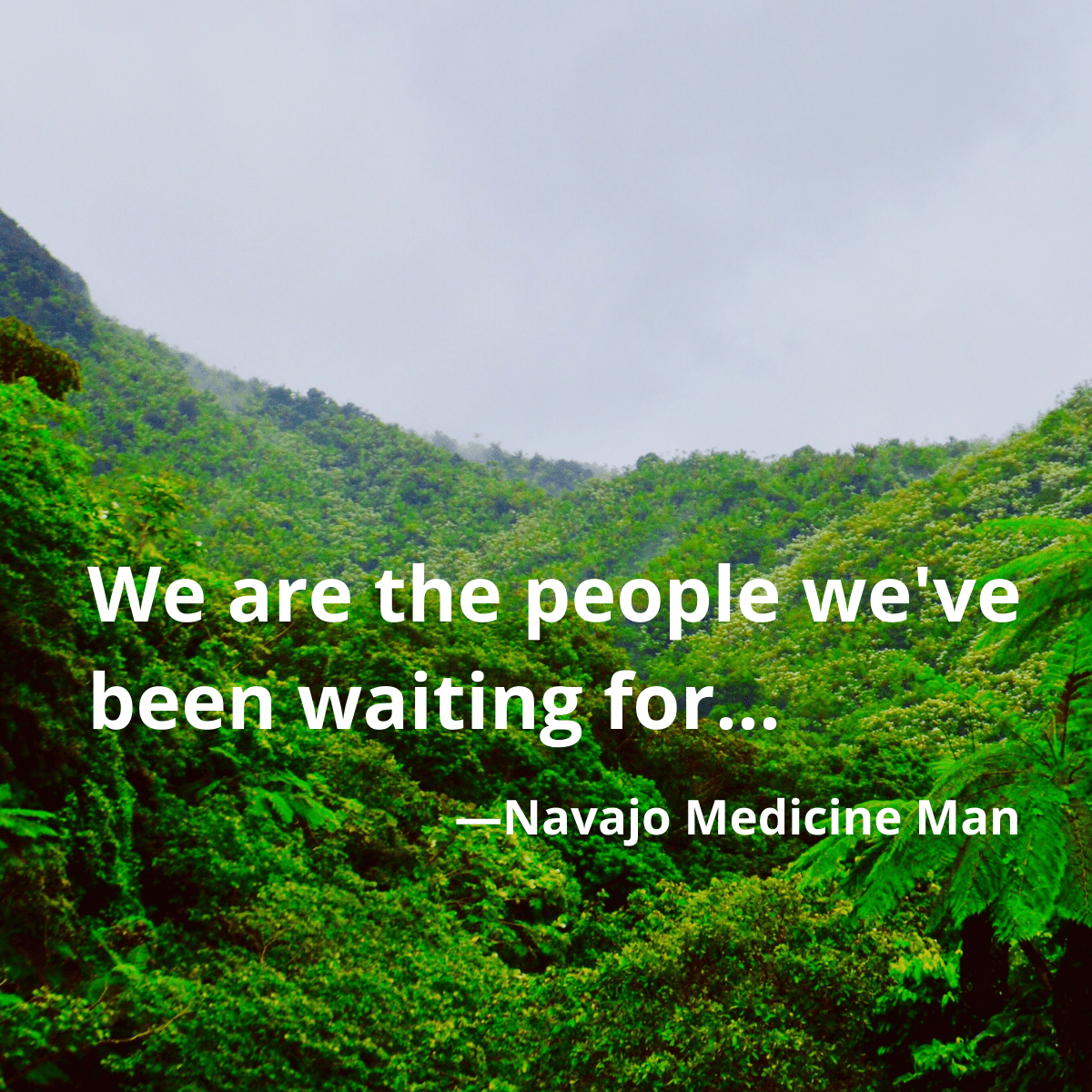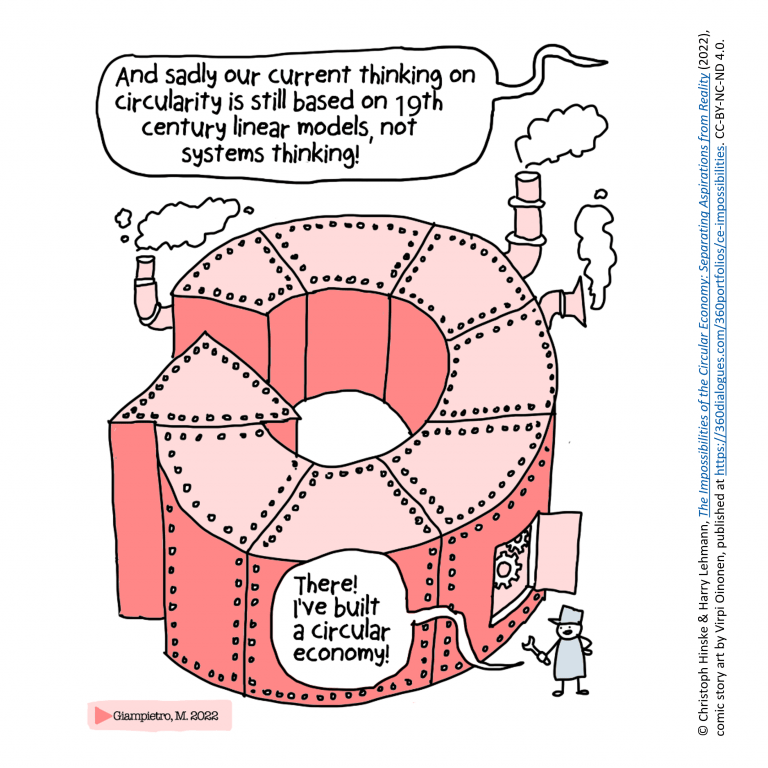
It was great to be featured by Greenbiz at the start of 2024, although I noticed that a couple of my ‘soundbites’ could be read to mean exactly the opposite of what I went on to talk about…! This blog unpacks those, explaining more about why I think circular strategies underpin future success, what keeps business leaders stuck in ‘last century’ thinking, and how to avoid that trap.
6 minute read
Both phrases highlight the dangers of sticking with strategies for ‘business-as-usual – but better’, rather than adapting for the challenges of the 21st century. Shining a light on these may help you get clearer on circularity and its benefits.
Greenbiz’s Kori Goldberg wanted to know my views on circular economy shaping up, which sectors are showing promising progress, and what advice I would offer to the next generation of entrepreneurs, innovators and business leaders who want to accelerate the circular economy.
The online article was a short summary of our conversation (yes, you’re right – I can talk forever about circular solutions!), and I’m worried that it lost some context and clarity.
For example, responding to Kori’s question about recurring themes, I say “But established business leaders really struggle to make the business case…” Does that mean I think circular approaches only work for startups? Absolutely not! We can see little evidence that big corporates are making meaningful circular changes, and I believe they struggle to make the business case because they focus on incremental improvements and don’t recognise the hidden costs of ‘business as usual’.
Later in the same ‘recurring themes’ section, I say “Circular materials are generally a false solution. This idea that we can just switch to recycled or regenerative materials, that’s a big tick in the box.” That could be taken to mean that material swaps are a good solution, when instead, I wanted to highlight the dangers of a ‘box-ticking’ short-term mentality. We can all see examples of businesses swapping in some recycled or biomaterials, perhaps to replace plastics, followed by some eye-catching marketing to promote their circularity achievements. In other words, seeing circular materials as a big tick in the box is misguided.
Let’s dig into those, starting with the problem of favouring incremental improvements, rather than the bold leaps of disruptive innovation.
Sustaining innovations don’t always stand the test of time
Looking at how organisations are moving forward with circular and regenerative approaches, I see plenty of examples of disruptive innovations from entrepreneurs, whilst established companies seem more cautious, preferring to invest in incremental improvements for their existing business models.
All too often, firms that stick to what they know best end up stagnating, and eventually failing.
Back in 1995, Business guru Clayton Christensen investigated why well-established companies fail to capitalise on important new technologies and big behavioural shifts. In Christensen’s best-selling book, ‘The Innovator’s Dilemma’ (which I mention later in the Greenbiz article), he shows how these firms prioritise what he called ‘sustaining’ innovations, that improve the performance or cost of their existing products.
Christensen highlights how these sustaining innovations don’t get to grips with the systemic shifts in behaviour, technology, or social and economic conditions. Incremental improvements just lead to marginal gains, and eventual failure, when the incumbents are knocked out of the way by bolder, disruptive innovations.
Ironically, these companies often spot emerging markets, and create some pretty disruptive ideas. But then, they miss out on massive opportunities, because they wait for quantifiable market research, or to get buy-in from existing customers.
The hidden costs of ‘sell more’ strategies
I’m also convinced that most businesses don’t recognise many of the growing indirect costs fuelled by their ‘sell more’ strategies, an ongoing quest for increasing revenue, year after year. These ‘sell more’ strategies tend to be underpinned by planned obsolescence, by making products that can only be used once, and convincing customers to buy yet more stuff than they need. But there are lots of costs associated with making that happen, and all too often, these are bundled into ‘overheads’ and obscured.
What’s more, although these costs are on a steady upward trajectory, no-one is looking back far enough to see what level was normal before the adoption of those ‘sell more’ strategies. That might mean checking back to see how costs compare, per unit of sales and as a proportion of profits, now versus a few decades ago. For instance, the unseen costs of planned obsolescence might include ever-growing investments in Research & Development, marketing for product launches, writing off unwanted stock of earlier (now obsolete) models in your supply chain – and damaging the relationships with retail and wholesale partners who now also own unwanted stock that’s rapidly losing value.
Trend-driven products can have massive return rates. In a recent episode of The Bottom Line on BBC Radio 4, Dr Regina Frei of the Product Returns Research Group noted that 70 percent of women’s dresses bought online can end up being sent back, costing the retailer over £10 each.
Then, there’s the question of customer ‘stickiness’. Each time a business tries to nudge customers into replacing their existing products with the ‘new, exciting, faster, better’ model, there’s a risk that those people will decide to look around at alternative brands, then choose to buy from your competitor.
If your business depends on these ‘sell more’ strategies, are you clear on these hidden costs? Do you have objective measures and trend analyses? Are you thinking about the benefits of alternative strategies, to improve longevity and offer services to help customers care for their stuff? If not, how are you making the case sticking with ‘business as usual’, built on those ever-shorter product lifetimes, growing revenue whilst expanding your footprint?
There are no magic materials
Coming back to the second of my misleading quotes in the Greenbiz article, where, later in the ‘recurring themes’ section, I say “Circular materials are generally a false solution. This idea that we can just switch to recycled or regenerative materials, that’s a big tick in the box.” That could be taken to mean that material swaps are a good solution, when instead, I wanted to highlight the dangers of a ‘box-ticking’ short-term mentality – “let’s find some easy ways to say we’re making circular changes”. There are plenty of examples of businesses swapping in some recycled or biomaterials, perhaps to replace plastics, followed by some eye-catching marketing to promote their circularity achievements. In other words, seeing circular materials as a big tick in the box is misguided.
Why do I see this as such a major problem? There are no magic materials, and every resource has a footprint, of emissions, environmental damage and, often, exploitation. When we think about the energy, chemicals, logistics and all the other resources needed for recycling, we can see how the resulting footprint can end up being bigger than the virgin materials. Plus, recycled materials carry risks, for customers, employees and brand reputations. There are big downsides of not being certain of what’s in recycling streams: maybe there are toxins, forever chemicals or contaminants that reduce the quality of the recycling materials.
What about swapping from finite materials to biomaterials? Can you be certain that won’t put more pressure on land and living systems? It’s abundantly clear that we need to use less land, not more, for agriculture and forestry, and we’re undermining the health of oceans and freshwater systems, too.
Let’s be clear. Our ‘big tick’ needs to show evidence of a shift to circular strategies, ensuring we are doing better with much less: creating value for customers and shrinking the footprint of production and consumption.
You can read the summary of my interview with Greenbiz, here: https://www.greenbiz.com/article/scale-out-not-rethink-your-circular-strategy published 19 Jan 2024.
Thanks to 360 Dialogues and comic story artist Virpi Oinonen for the blog artwork, published at https://www.businessillustrator.com/tag/circular-economy/ (CC-BY-NC-ND 4.0), which was inspired by The Impossibilities of the Circular Economy: Separating Aspirations from Reality (2022) edited by Christoph Hinske and Harry Lehmann.
Catherine Weetman advises businesses, gives workshops & talks, and writes about the circular economy. Her award-winning Circular Economy Handbook explains the concept and practicalities, in plain English, and includes hundreds of real examples and tips on getting started.
To find out more about the circular economy, why not listen to Episode 1 of the Circular Economy Podcast, read our guide: What is the Circular Economy, or stay in touch to get the latest episode and insights, straight to your inbox…
